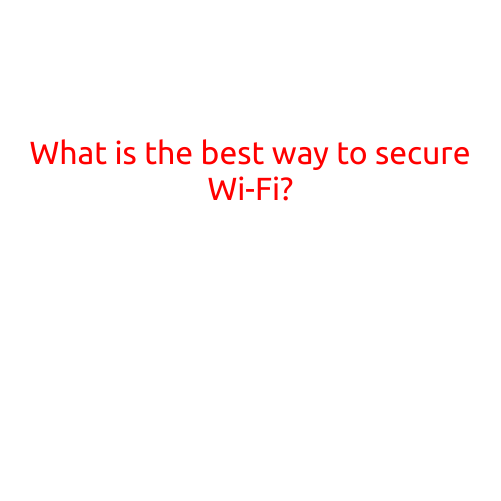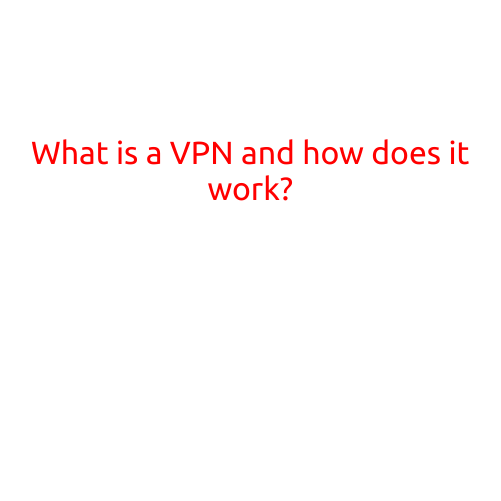
What is the Best Way to Secure Wi-Fi?
As the world becomes increasingly dependent on the internet, securing your Wi-Fi network has become a top priority. With the rise of public hotspots and Wi-Fi enabled devices, the risk of cyber attacks and data breaches has increased significantly. In this article, we’ll explore the best ways to secure your Wi-Fi network and keep your online activities safe.
Why Securing Wi-Fi is Important
Securing your Wi-Fi network is crucial for several reasons:
- Protect your data: By securing your Wi-Fi network, you protect your personal data, financial information, and sensitive online activities from unauthorized access.
- Prevent hacking: Securing your Wi-Fi network prevents hackers from gaining access to your network and stealing your sensitive data.
- Enhance online security: A secure Wi-Fi network ensures that your online activities, such as online banking, email, and social media, are secure and protected from cyber threats.
Best Practices for Securing Wi-Fi
Here are some best practices for securing your Wi-Fi network:
- Change Default Passwords: Change your router’s default password and username to prevent unauthorized access.
- Use WPA2 Encryption: Use WPA2 encryption, which is the most secure protocol for securing your Wi-Fi network. WPA2 uses AES encryption, which is virtually unbreakable.
- Limit Access: Limit access to your Wi-Fi network by setting up a guest network and assigning access to specific devices or users.
- Use a Firewall: Use a firewall to block unauthorized access to your Wi-Fi network and prevent malicious activities.
- Regularly Update Software: Regularly update your router’s firmware and software to ensure you have the latest security patches and features.
- Use a VPN: Use a Virtual Private Network (VPN) to encrypt your internet traffic, making it difficult for hackers to intercept your data.
- Monitor Your Network: Monitor your network for suspicious activity and log out of devices that are not in use.
- Use Strong Passwords: Use strong, unique passwords for each device and network and avoid using public hotspots.
- Keep Your Devices Up-to-Date: Keep your devices and software up-to-date with the latest security patches and updates.
Additional Tips for Securing Your Wi-Fi Network
- Use a Network Segmentation: Use a network segmentation to isolate your devices and limit the spread of malware.
- Use a Router with Built-in Security Features: Use a router with built-in security features, such as intrusion detection and malware blocking.
- Use a Wi-Fi Analyzer: Use a Wi-Fi analyzer to identify and mitigate interference and weak signals.
- Use a Wi-Fi-Ceiling Fix: Use a Wi-Fi-ceiling fix to improve your Wi-Fi signal strength and coverage.
Conclusion
Securing your Wi-Fi network is crucial for protecting your online activities, sensitive data, and devices from cyber threats. By following these best practices and tips, you can ensure a secure and protected Wi-Fi network. Remember to regularly monitor your network, update your software, and use strong passwords to maintain a secure online environment.





